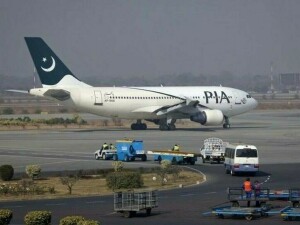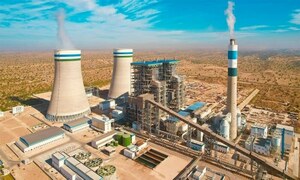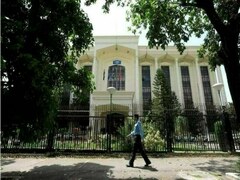“Tariffs should seek to provide stability and predictability to consumers” reads Section 31(3) (i) of the Nepra Act. The most recent periodic adjustment of Rs135 billion in lieu of quarterly adjustment took the annual adjustment to Rs250 billion (monthly FCAs not included). This makes one wonder if the regulator is doing the job diligently enough to provide a more predictable tariff for consumers.
The Power Purchase Price (PPP) approved by Nepra in July 2023 set the basis for annual rebasing, as PPP constitutes 90 percent of the consumer end tariff. Granted that multiple factors are at play that are not really in the control of the authorities, such as currency depreciation, changes in fuel prices, CPI indexation, and interest rate variations – hence the need for periodic adjustments.The reference PPP is aimed at minimizing the impact of monthly and quarterly variations, as the regulator maintains that it adopts a “forward-looking approach…keeping in view the ground realities”.
Now, we have heard “forward-looking” before, but let’s not go there. Let us instead talk about the “ground realities” that Nepra maintains it keeps in view. Of all variables that feed in, power generation mix is the one that is usually planned well in advance and is largely in control of authorities (merit order changes occur), as seasonality of renewables, demand projections, and peak loads offer a good picture of how the authorities want to go about the generation mix.
Now consider this. Nepra envisages 4.8 percent of total power generation in FY24 to come from RLNG sources. This translates into 6.6 billion units of electricity for the year. RLNG based power generation in the last six years has averaged 25 billion units per year – at an average 20 percent share.In the two months of FY24 so far, RLNG based generation has already reached 5.7 billion units – with nearly one-fifth share in total generation. Going by Nepra’s PPP projections – barely any more electricity is to be generated from RLNG plants now for the rest of the fiscal year. This obviously will not be the case, but it only necessitates significant variations in all adjustments lined up for FY24.

It is worth mentioning that Nepra guidelines for determination of consumer end tariff require the Central Power Purchasing Agency (CPPA) to submit a procurement plan, that feeds into the regulator’s PPP considerations. Such is the seriousness, that the last such plan by CPPA was submitted for FY22, which lays the foundations for uncoordinated decisions with repercussions.
Going back to RLNG – Pakistan has long-term state-to-state arrangements for almost the entire LNG supply – with seven to eight cargoes landing on the shores every month. Power sector obviously has the single largest off-take for RLNG. The only deviations to an extent happen around the peak winter months (for 60-75 days) where some RLNG especially in the North gets diverted for domestic consumption. The use case of natural gas for industrial or commercial usage is nowhere near enough to ensure such hefty RLNG offtake throughout the year.
Yes, the economic merit order of dispatch gets taken into account while preparing the reference generation mix. Even on that front, the three big RLNG plants (HBS, Bhikki and Baloki) have continuously been higher on the merit order of fuel cost than almost all imported coal-based power plants. Yet, imported coal somehow finds 12 percent share in PPP reference generation mix.
Talking of ground realities, the biggest ground reality is that Pakistan will continue receiving RLNG from long-term contracts, and the power sector will invariably have to be the largest user, for most part of the year. On the other hand, there are no such state-to-state fuel supply contracts for imported coal. So, if any ground reality was to be factored into the PPP reference generation mix – was the RLNG and imported coal choice, where RLNG will have to be prioritized largely because Pakistan has no choice.
This brings back the age-old problem of a severe lack of coordination between ministries and institutions – and eventually that leads to unpredictability. Now, the constant quarterly revisions merely arising due to unreal assumptions, will lead to unpredictable increase in power tariffs throughout the year. What is worse is that periodic adjustments hit most consumer segments (even in the protected category) equally, whereas if this was made part of base tariff, the impact would be much lower for low-consumption categories.






















Comments
Comments are closed.